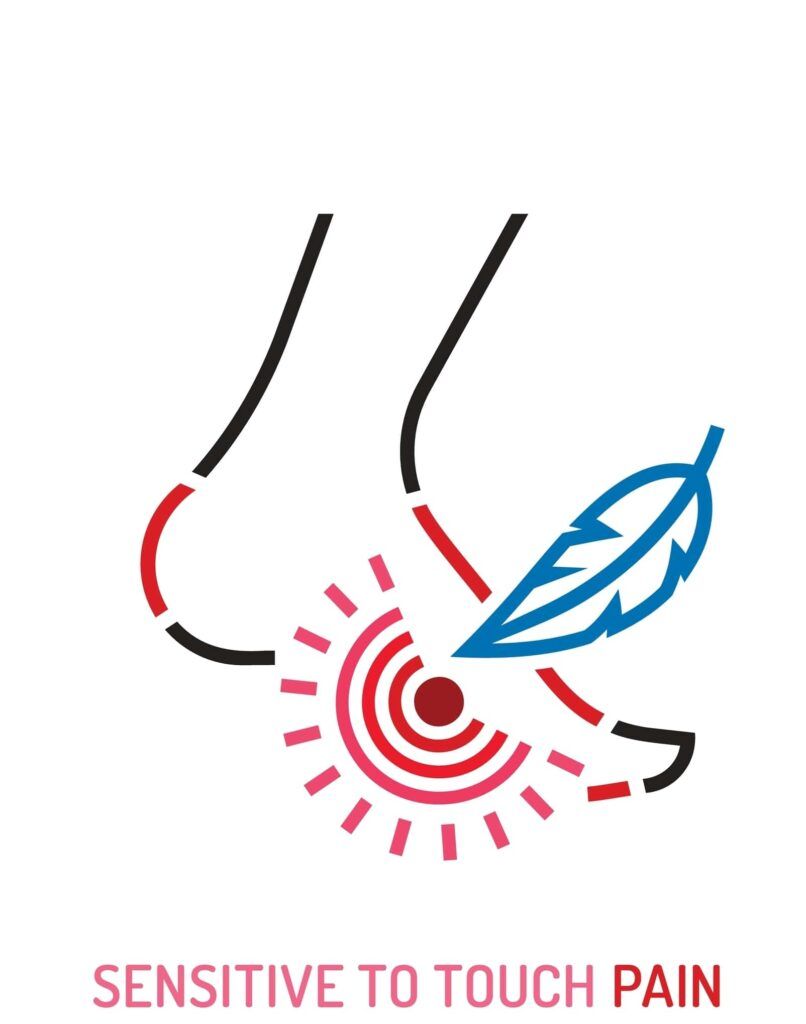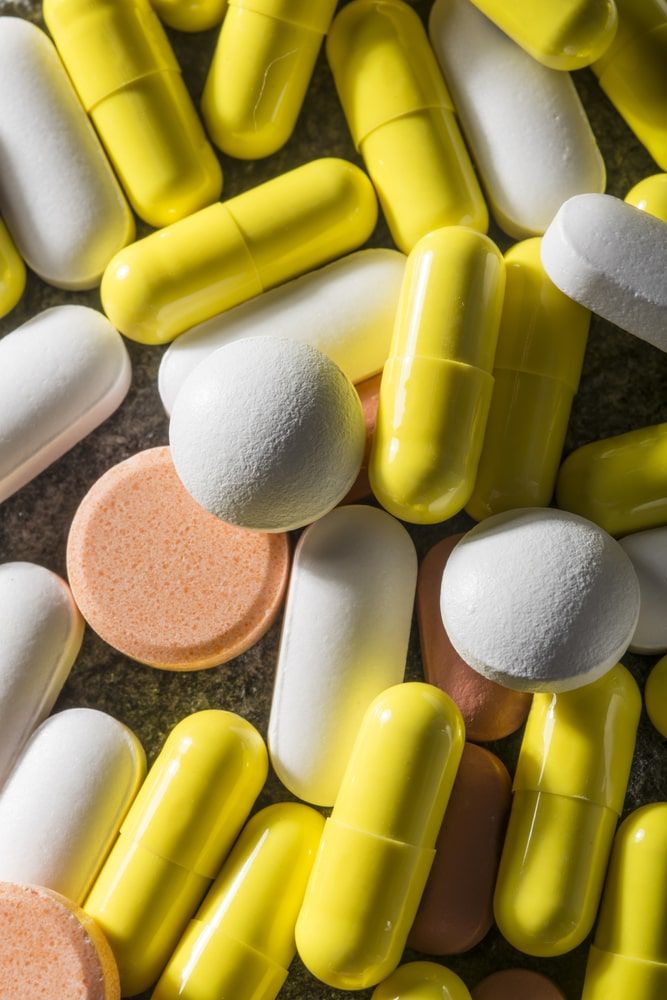Navigating the world of neurological conditions can often feel like a journey through uncharted territory, particularly when it comes to understanding and managing symptoms like allodynia, a unique and often misunderstood form of pain triggered by stimuli that ordinarily wouldn’t cause discomfort. This condition, intriguingly linked with migraines, presents a complex challenge for both sufferers and medical professionals alike. In this blog, we delve into the intricate relationship between allodynia and migraines, exploring the mechanisms that tie them together, the impact on those affected, and the innovative treatment strategies neurologists employ to provide relief. Among these treatments, we highlight the burgeoning role of medical cannabis, a topic of growing interest and debate in the medical community. Join us as we unravel the complexities of allodynia, shedding light on the condition itself, its connection to migraines, and the evolving therapeutic landscape that offers new hope to those in search of relief.
Delving Deeper into Allodynia

Allodynia stands out in the landscape of pain disorders due to its distinctive characteristic: the transformation of ordinary, non-painful stimuli into sources of intense discomfort. Imagine the brush of a feather, the caress of a loved one, or a cool breeze turning into triggers for pain, and you begin to understand the daily reality for those living with allodynia. This condition can manifest in various forms, such as:
- Mechanical allodynia: Pain is triggered by light touch or pressure on the skin that wouldn’t typically cause pain. For example, clothes brushing against the skin may be painful.
- Thermal allodynia: Pain occurs in response to mild temperature changes that are not usually painful. This can include both cold and warm stimuli affecting the skin.
- Dynamic mechanical allodynia: Pain is caused by light stroking or moving across the skin. Even a gentle touch or massage can provoke pain with this type of allodynia.
The Intersection with Migraines
Migraines are a complex neurological condition characterized by intense, often debilitating headaches, typically described as a pulsating or throbbing pain on one side of the head. However, migraines are not just headaches; they can also be accompanied by a range of other symptoms, including nausea, vomiting, sensitivity to light (photophobia), sound (phonophobia), and sometimes visual disturbances known as aura. Migraines can last for hours to days, and the pain can be so severe that it interferes with daily activities.
Allodynia is closely related to migraines in several ways:
As a Symptom:
Allodynia can occur as a symptom during a migraine attack. People with migraines may experience allodynia as a heightened sensitivity to touch, where even light pressure that would not normally cause pain (like wearing glasses, combing hair, or resting the head on a pillow) becomes painful.
Indicator of Central Sensitization:
The occurrence of allodynia in migraine sufferers is thought to be an indicator of central sensitization. Central sensitization is a condition where the central nervous system becomes sensitized to stimuli that would normally not be painful. In the context of migraines, this means the brain and nerves become more reactive, leading to increased pain perception not only from the migraine itself but also from other non-painful stimuli.
Association with Chronic Migraines:
Research suggests that individuals who experience allodynia may have a higher risk of their migraines becoming chronic. Chronic migraines are defined as having headaches on 15 or more days a month, with at least eight of those days being migrainous in nature, for more than three months. The presence of allodynia can thus be a sign of migraine progression and may necessitate different approaches to treatment.
Treatment Implications:
The relationship between allodynia and migraines has implications for treatment. It highlights the importance of early and effective management of migraine attacks to potentially reduce the risk of developing allodynia. Moreover, for those who already experience allodynia, it may influence the choice of treatment strategies to manage both the migraines and the heightened sensitivity to pain.
Understanding the link between allodynia and migraines is crucial for developing effective treatment plans. It emphasizes the need for comprehensive management strategies that address not only the pain associated with migraines but also the broader spectrum of neurological sensitivity that can exacerbate the condition’s impact on individuals’ lives.
Navigating Treatment Options
Addressing allodynia, particularly when intertwined with migraines, requires a nuanced approach. Neurologists often recommend a combination of treatments tailored to the individual’s specific symptoms and triggers. Here’s an overview of commonly recommended treatment strategies:
For Migraines
Preventive Medications:
Aimed at reducing the frequency, severity, and duration of migraine attacks. These may include:

- Beta-blockers (e.g., propranolol)
- Calcium channel blockers
- Antidepressants (e.g., amitriptyline)
- Antiepileptic drugs (e.g., topiramate, valproate)
- CGRP (calcitonin gene-related peptide) antagonists
- Botox injections (onabotulinumtoxinA) for chronic migraines
Acute Treatments:
Used to relieve pain and other symptoms during an attack. Options include:
- NSAIDs (nonsteroidal anti-inflammatory drugs)
- Triptans (serotonin receptor agonists)
- Ergotamines
- Antiemetic medications (for nausea)
- OTC (over-the-counter) pain relievers
Lifestyle Modifications:
Changes in daily habits can help manage migraines, such as:
- Regular sleep patterns
- Hydration and balanced diet
- Stress management techniques (e.g., yoga, meditation)
- Avoiding known triggers (foods, environmental factors)
Neuromodulation Therapies:
Non-invasive techniques like transcranial magnetic stimulation (TMS) or nerve stimulation devices may be beneficial for some patients.
For Allodynia
Treatment for allodynia specifically focuses on managing pain and may include:
Topical Treatments:
Medications like lidocaine patches can provide local pain relief.
Prescription Medications:
Depending on the cause of allodynia, neurologists may prescribe:
- Antidepressants (e.g., SNRIs like duloxetine for neuropathic pain)
- Anticonvulsants (e.g., gabapentin, pregabalin)
- Opioids (in severe cases and with careful consideration due to the risk of addiction)
Physical Therapy:
Can help desensitize the affected area and manage pain.
Cognitive Behavioral Therapy (CBT):
Helps manage the psychological aspects of living with chronic pain.
Medical Cannabis for Migraine-Associated Allodynia
The exploration of medical cannabis as a treatment for migraine-associated allodynia represents a promising frontier in the field of pain management. With the evolving legal status and increasing acceptance of cannabis for medicinal purposes, more patients and healthcare providers are considering its potential benefits. Here’s what current research and clinical experience suggest about using medical cannabis for treating migraine-associated allodynia:
Mechanism of Action
Medical cannabis contains cannabinoids, such as tetrahydrocannabinol (THC) and cannabidiol (CBD), which interact with the body’s endocannabinoid system (ECS). The ECS plays a crucial role in regulating various bodily functions, including pain sensation, inflammation, and immune response. Cannabinoids can modulate the ECS, potentially reducing pain and inflammation. This mechanism of action is particularly relevant for conditions like migraine and allodynia, where altered pain processing and inflammation are significant factors.
Clinical Evidence
Research into the effectiveness of medical cannabis for migraines and allodynia is ongoing, with some studies indicating positive outcomes. Patients have reported reductions in the frequency and severity of migraine attacks, as well as decreased pain sensitivity in cases of allodynia. These findings suggest that cannabis might not only address the pain associated with migraines but also the heightened pain response characteristic of allodynia.
Conclusion
In conclusion, while the challenges of living with allodynia and migraines are significant, the advancements in treatment and the growing recognition of conditions like these in the medical community are promising. By staying informed and engaged with healthcare providers, individuals can find strategies that mitigate their symptoms and lead to better health outcomes.

Dr. Kashouty, a diplomate of the American Board of Psychiatry and Neurology (ABPN), practices general neurology with fellowship trained specialization in clinical neurophysiology. Dr. Kashouty finds the form and function of the nerves and muscles the most interesting part of neurology, which is what led him to specialize in neurophysiology with more emphasis on neuromuscular conditions. He treats all neurological diseases, but his main focus is to treat and manage headaches, movement disorders and neuromuscular diseases.




